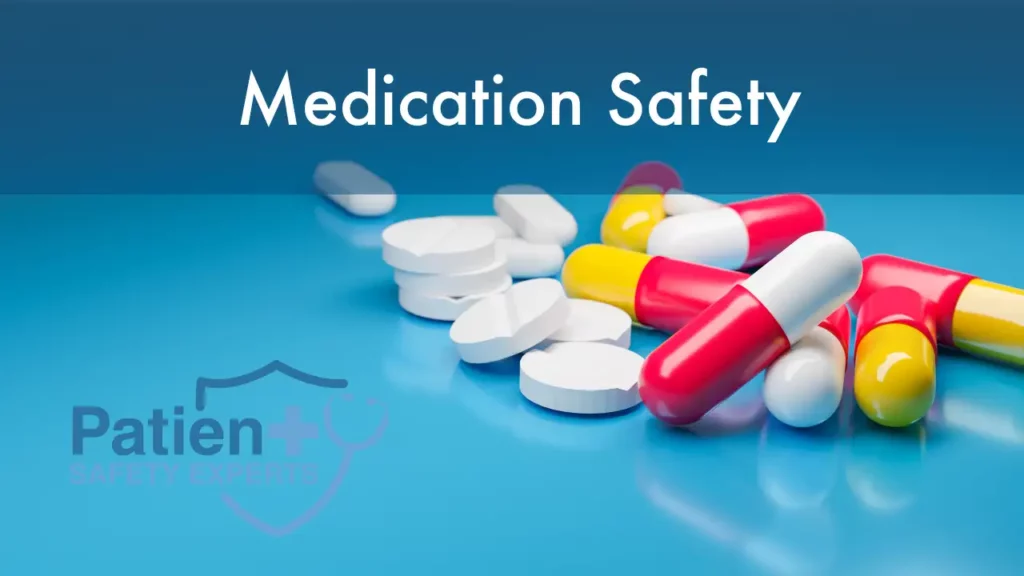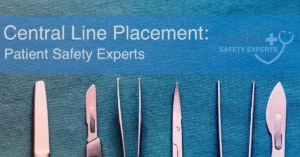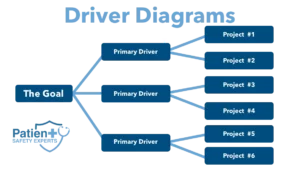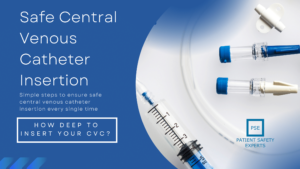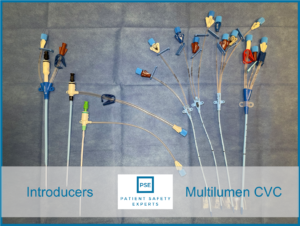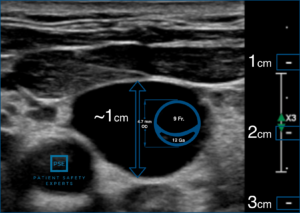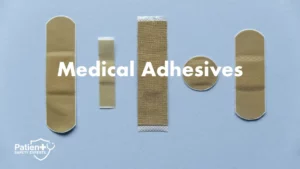Estimated reading time: 5 minutes
What are Medication-Related Errors?
Medication errors are defined as preventable events that may cause or lead to inappropriate medication use or patient harm. In the vast majority of scenarios, they involve some form of human error.
- A human error occurs when someone is attempting to do the right thing but actually does the wrong thing.
- A medication error is defined as any preventable event that may cause or lead to inappropriate medication use or patient harm.
- A violation occurs when there is an intentional but not reprehensible deviation from established practices known by the individual to be required by regulations intended to improve patient safety.
- A violation is an intentional failure – “deliberately doing the wrong thing.”
- Adverse drug events (ADEs)—unintended or excessive responses to a drug that occurs at doses commonly used—are considered unpreventable, but, like medication errors, they can cause untoward harmful effects.
Errors vs. Violations
Medication errors frequently do not involve culpability or blameworthy elements. However, when a violation known to increase the risk for error occurs, blameworthy aspects most likely exist.
Violations occur for two main reasons:
- “I felt that there was no other choice” – intentional due to the situation.
- “I don’t care about the consequences” – willful violations
We can reduce the chance of violations by:
- explaining why procedures and processes are relevant and practical
- making sure procedures and processes are up to date
- Providing appropriate training and supervision
- encouraging reporting of problems with procedures and processes.
- providing training for abnormal and emergency situations
- providing routine monitoring of processes and procedures
Learn More about Medication Errors
If you want to learn more about medical errors, the foremost book is Medication Errors by Michael Cohen. He is the founder and president emeritus at the Institute for Safe Medication Practices (ISMP).
Why Do Medication Errors Happen?
Medication errors are often the result of a combination of system errors and human errors. We discuss human error first; however, system errors are almost always present and are the actual cause of most medication errors.
It’s easy to focus on human error when a medication error occurs. Human error makes the error seem simple to address by getting better humans. Systemic causes are often complex and much more difficult for hospitals to fix, requiring substantial investment in process and technology.
Human Error
There are three types of human error.
- “Slips” or not doing what you are meant to do. A good example is omitting a step or a series of steps in a task. In the setting of medication errors, this could be not scanning the patient armband or medication before administering the drug to the patient.
- “Lapses” forgetting to do something or losing your place midway through the task. In the OR, this could be failing to administer the antibiotic before incision because the patient became hemodynamically unstable, and your focus was on keeping their blood pressure within range.
- “Mistakes” are decision-making failures in the form of doing the wrong thing and believing it to be correct. They are typically either rule-based mistakes or knowledge-based mistakes. This could include operating a piece of equipment without understanding how it works.
If we have humans, we will have human errors. Our job is to design better systems to prevent these errors from reaching the patient.
System Errors
When a medication error occurs, the question of who was involved is less important than what, how, and why the system went wrong. James Reason stated that humans are imperfect, and errors
should be expected.
An investigation of a medication error should begin with an analysis of the drug use and delivery channels within which it occurred rather than result in punitive action directly targeted at the healthcare provider involved with the error.
Blaming healthcare workers involved in errors or passively encouraging them to be more careful will not prevent mistakes since it
does not change the underlying conditions that contributed to the error.
A system-based approach should be undertaken at institutions to prevent future errors; this approach strives to change working conditions and build defenses, barriers, and safeguards to prevent errors from occurring or mitigate the harm if errors do occur.
Although there is no acceptable level of error within the medical care system, the goal of health care organizations should be to evaluate errors when they occur and to make changes in the drug delivery process to prevent them from reoccurring in the future or elsewhere.
Summary
In this complex environment, simply “trying harder” to avoid error on its own will not eliminate error. Conscientious efforts to practice safety certainly play an important role in reducing medication errors but will not, in and of themselves, guarantee the avoidance of errors.
Hospitals and health systems will need to build barriers, safeguards, and defenses to prevent medication errors from occurring or to mitigate harm if a medication error does occur.
References and Additional Reading:
- Nanji KC, Patel A, Shaikh S, et al. Evaluation of perioperative medication errors and adverse drug events. Anesthesiology. 2016;124(1):25–34.
- Eichhorn JH. APSF hosts medication safety conference. Consensus group defines challenges and opportunities for improved practice. APSF Newsletter. 2010;25(1):1, 3–8
- Shaw, R. E., & Litman, R. S. (2014). Medication safety in the operating room: A survey of preparation methods and drug concentration consistencies in children’s hospitals in the United States. Joint Commission Journal on Quality and Patient Safety,
- Acheampong F, Anto BP, Koffuor GA. Medication safety strategies in hospitals—a systematic review. Int J Risk Saf Med. 2014;26(3):117-131.
- Institute of Medicine. Preventing Medication Errors. Aspden P, Wolcott J, Bootman JL, et al, eds. Washington, DC: National Academies Press; 2007.
